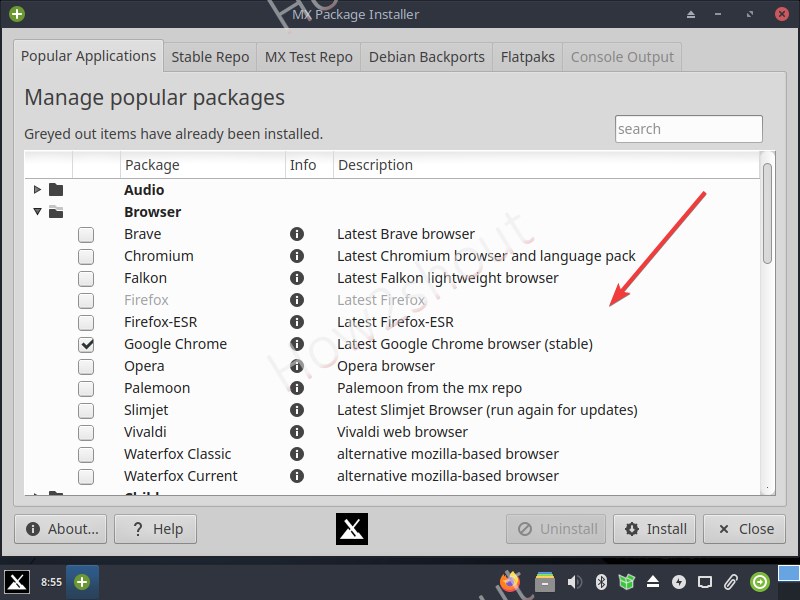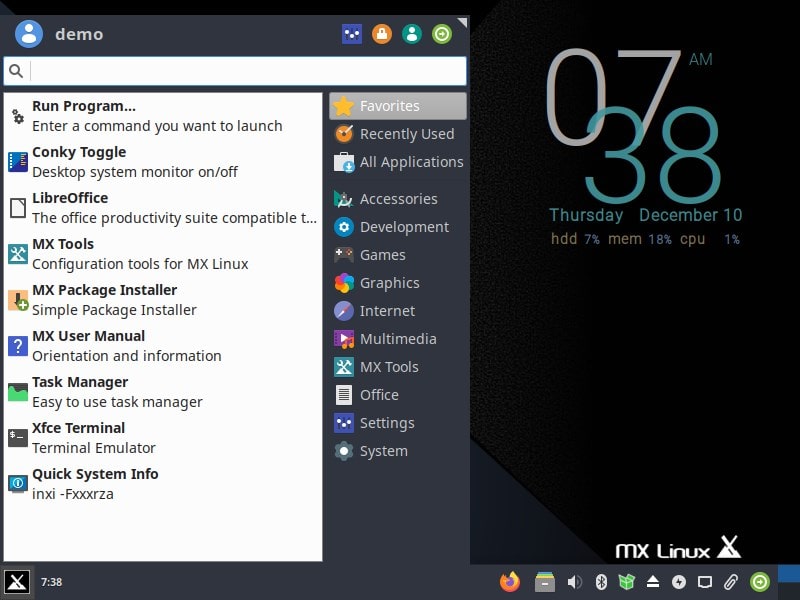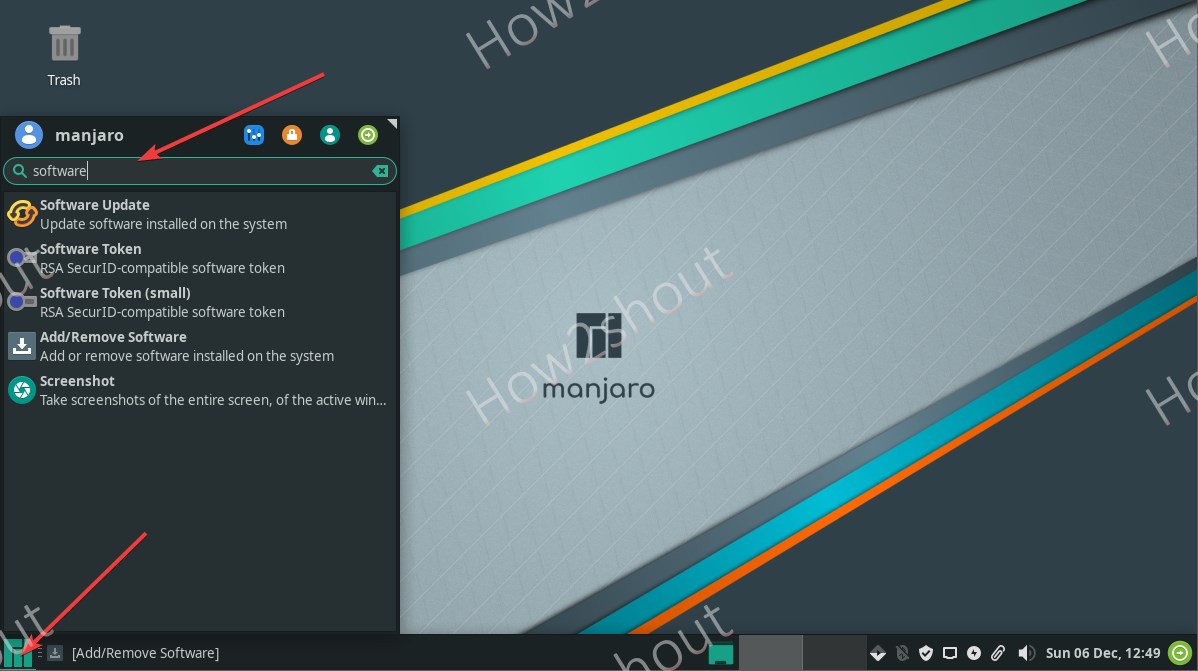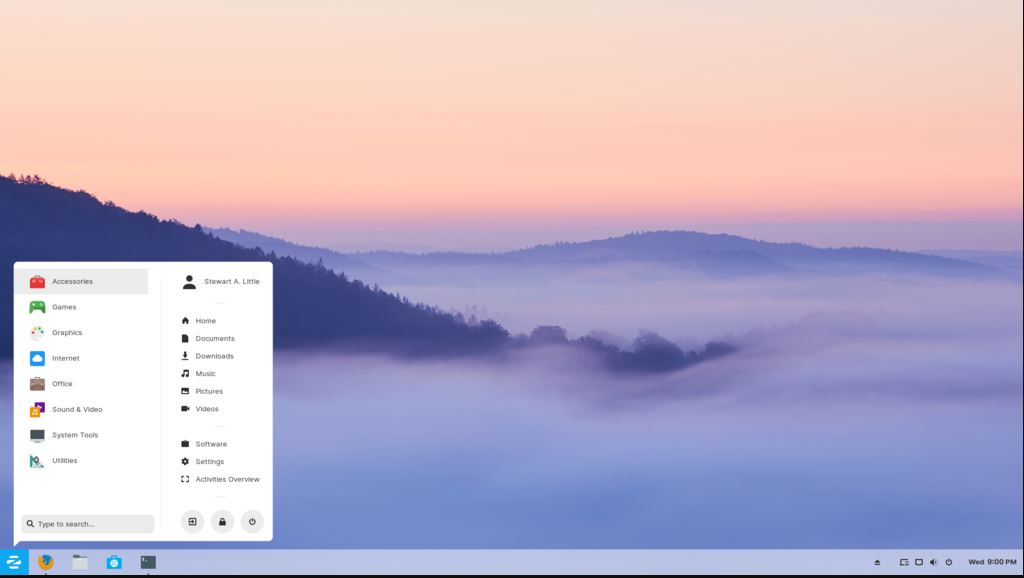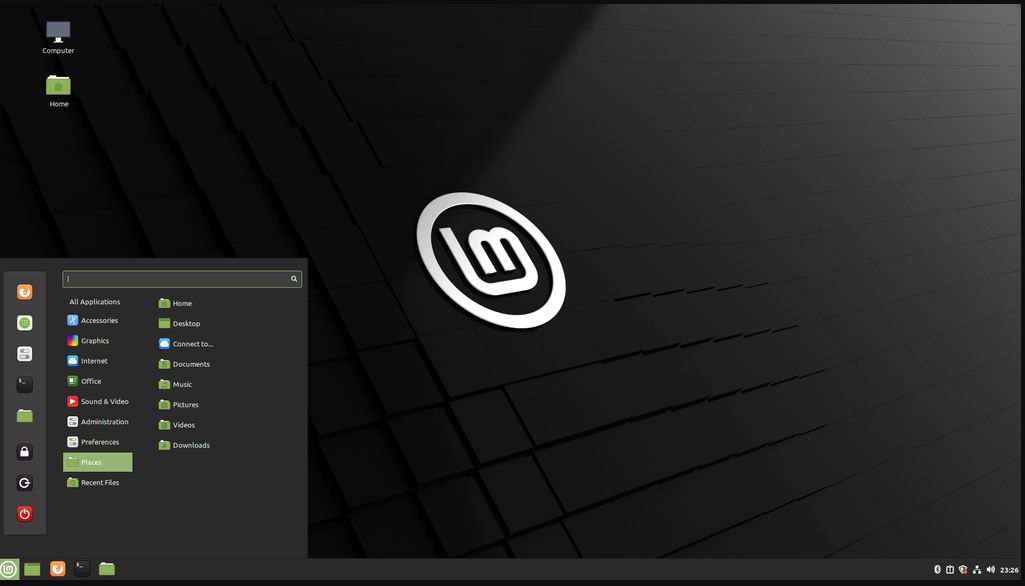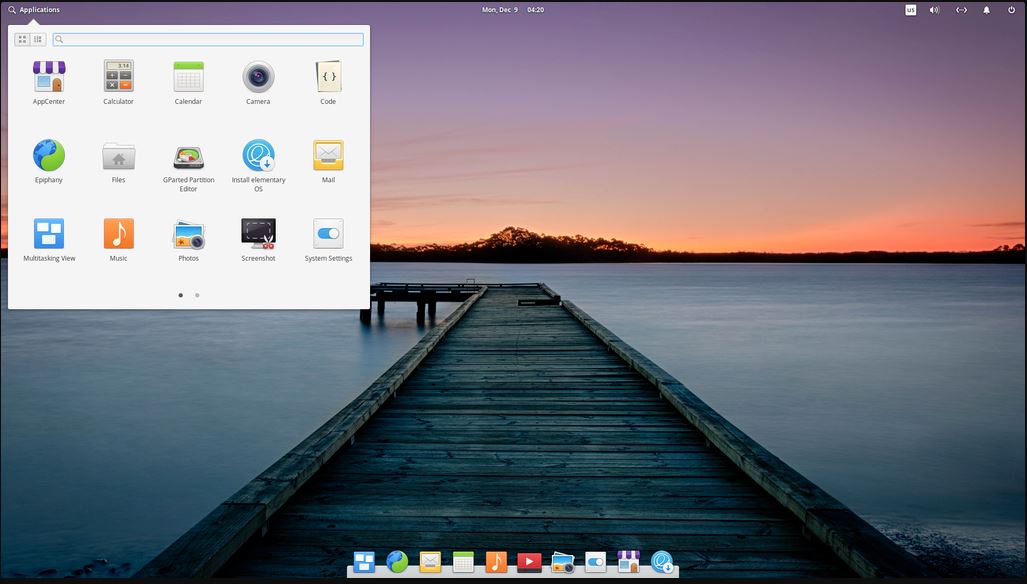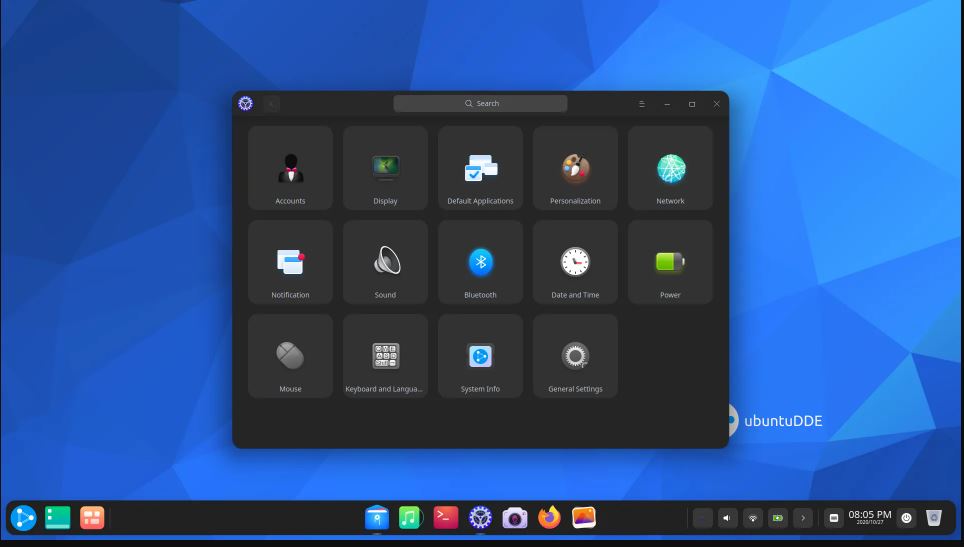5 Best Linux Distros to use on Home PC & laptop in 2023
When it comes to a home pc or laptop that is accessible by multiple people then you must want an operating system that is not only secure but also enough simple and easy to understand by everyone. As more and more people are getting aware of security and privacy concerns because of increasing internet penetration in our daily lives, Linux distros’ developers keep doing hard work to make them more user-friendly and easy to understand.
Also, if you have multiple PCs in your home, then for installing Linux you don’t have to pay anything. Moreover, you don’t want RedHat, CentOS, Kali Linux, or OpenSUSE which are more inclined toward professional users. In-home, we want something which indeed Linux but less sophisticated, and easy to understand, installation packages should be available via Software Manager and can detect all PC hardware to set up corresponding drivers.
Top Linux distribution for home users
We have gone through the various open-source operating systems and chosen the most popular so that in case of any problem, the users could solve them by going through the online tutorials and support forums.
1. MX Linux- Fast performance
Most of the home users either use Linux Mint or Ubuntu, but there is something better which is MX Linux. It is not only fast and a mid-weight Linux OS, but also ensures to make users less interact with the command line. That is why most of the things we can perform on MX Linux use the graphical user interface.
For example, if you want to install Googe Chrome on Ubuntu or another popular Linux, you have to add first its GPG key, then repo, update command and after that, we would be able to install it. However, that is not with MX Linux. Being a Debian Linux, apart from the official Debian repository it also provides a supplement that is managed by the MX Linux community. Therefore, with the help of the “MX Linux Package installer,” we can install or uninstall the Chrome browser with just one click.
Not only Chrome but also Chromium, Vivaldi, Brave; different desktop environments; web servers, and more… can be set up with just one click.
Flatpak repo is also supported by default on the Package installer. The next thing is its speed. MX Linux is quite snappy, the user can use it easily on their old and modern computer without any sluggishness or glitches.
Are you using Nvidia GPU? Then no need to go through the command line, use the inbuilt Nvidia GPU driver installer option of MX Linux and you are good to go.
If we talk about the interface, then on the official website MX Linux is available to download on three Desktops one is XFCE, and the others are Fluxbox and KDE Plasma. Therefore, both lightweight and eye-catching options are there.
MX Linux minimum system requirements:
- 32-bit or 64-bit computer (i486 Intel or AMD processor)
- 512 MB of RAM
- 5 GB free hard drive space
2. Manjaro- Arch-based
Manjaro is another best Linux to use on Home computers in 2021. There was a time when installing Arch Linux on the system, without much knowledge of Linux distros, was a cumbersome task, especially for beginners and home users. However, with Manjaro and other popular Arch-based GUI Linux distributions, it becomes so easy now.
We can install Manajro using a USB drive on almost any modern PC or laptop. The best thing is, officially and via community, Manjaro is available in multiple desktop environments such as Gnome, XFCE, Budgie, LXDE, KDE Plasma, Awesome, i3, and more… Thus, you can go for the one which suits and makes you & your all family members comfortable while using Manjaro on the common home computer.
Just like MX Linux, Manjaro also offers a package manager called “Software Update” that not only has official Arch repo but also others to install various applications that are not available otherwise. For example- AUR, SNAP, and Flatpak, thus give a wide range of access to easily install windows alternative open-source programs on this Arch Linux. Thus, a perfect middle-ground for those who want good performance, full control, and all the latest software.
3. Zorin OS Core or Ultimate- Windows 10-like interface
Zorin OS is also known as one of the best Windows or macOS alternatives because of the Windows 10-like interface and also an option to enable the dock menu to mimic macOS. It is based on Ubuntu, therefore, stability and access to a huge list of online tutorials and forums would not be an issue.
The developers designed it, especially for those who are not much comfortable with the command line, therefore, most of the tasks can be done using the graphical user interface.
In the standard edition which is “Core” packed with all utilities and applications, a home user needs to complete day-to-day computing tasks. Whereas the Ultimate edition of Zorin OS costs 39 dollars, yes it is not free because of the features it provides that are:
- Support Zorin OS’s development.
- The best Business and Media apps.
- macOS, Windows, Linux & Touch desktop layouts.
- Over 20 games are included.
- Includes Ultimate Lite edition for old and low-spec PCs.
Therefore, if you are willing to pay such one-time small fees, then the key thing you will get is the official support and other major applications out of the box.
Apart from them, a Lite edition for old 32-bit computers and an Educational version with necessary apps to help students are also available free of cost on Zorin OS Linux’s official website.
4. Linux Mint- All-rounder Ubuntu alternative for home
Linux Mint is already the best choice for so many home users because of its Windows 7 similar interface and Ubuntu-based. Well, in my personal view, Linux Mint is a nice alternative and slightly better than Ubuntu in terms of usage. Most of the users who are beginners or switching from Windows OS will easily adapt to it.
You will have Software Manager to install packages on Linux Mint as well along with all necessary applications pre-installed. So, if you have a modern system of 64-bit then you can easily install Linux Mint using this tutorial.
In the main bar of Mint, similar to older Windows operating systems, the active programs, favorites, and general settings such as volume or the Internet connection are displayed. In addition, you can personalize it by right-clicking on the bar and “Add applets to bar”.
With Linux Mint you will get Long Term support as you have on Ubuntu. MATE and Cinnamon are there for standard modern systems whereas if you have low-end hardware then Xfce desktop is available to download.
The software configuration of Linux Mint corresponds to that of other Linux distributions such as Ubuntu and Debian since Linux Mint uses the same package sources.
However, the 32-bit version of Linux Mint is not anymore because the community no longer offers a 32-bit version of Linux Mint 20. Nevertheless, Linux Mint 19 which is available in 32-bit will be supported by the developer until 2023.
5. Elementary OS
A Sleek and well-designed Linux OS. Elementary OS in many places gives you a feel of using Apple’s macOS- particularly noticeable in many areas. For example, the dock, the system settings, and the active corners are reminiscent of macOS.
Well, in terms of software availability out of the box, Elementary OS remains frugal and offers only applications that cover mainly daily use cases. It is also a good idea because sometimes we don’t want the extra stuff on our PC, as everybody has their own choice of apps. Nevertheless, Music and video players, image and document viewers are on board as well as browsers and messengers.
In case you need some new software, “App Center” is there to assist you, which features a wide range of popular open-source and freeware tools free of charge.
6. Ubuntu DDE (Deepin UI)
UbuntuDDE with the best UI for Home usage, yes it is here how can we forget “Ubuntu” but with not its custom GNOME interface instead of the Deepin Desktop environment which gives you an eye-catching interface along with the power of Ubuntu?
The UbuntuDDE is not the official flavor but that doesn’t matter because it uses the official latest version of Ubuntu, the only different thing is the interface. It is donning the popular Deepin Linux UI which is the most beautiful UI for Linux, to date.
Colorful icons and effects will make your home computer’s display more attractive while giving you the same security and stability that Ubuntu’s latest versions are having.
Ending note:
In case you are already using one of the open-source operating systems on your personal home computer which is not on this list, then let our audience know about its pros and cons…
